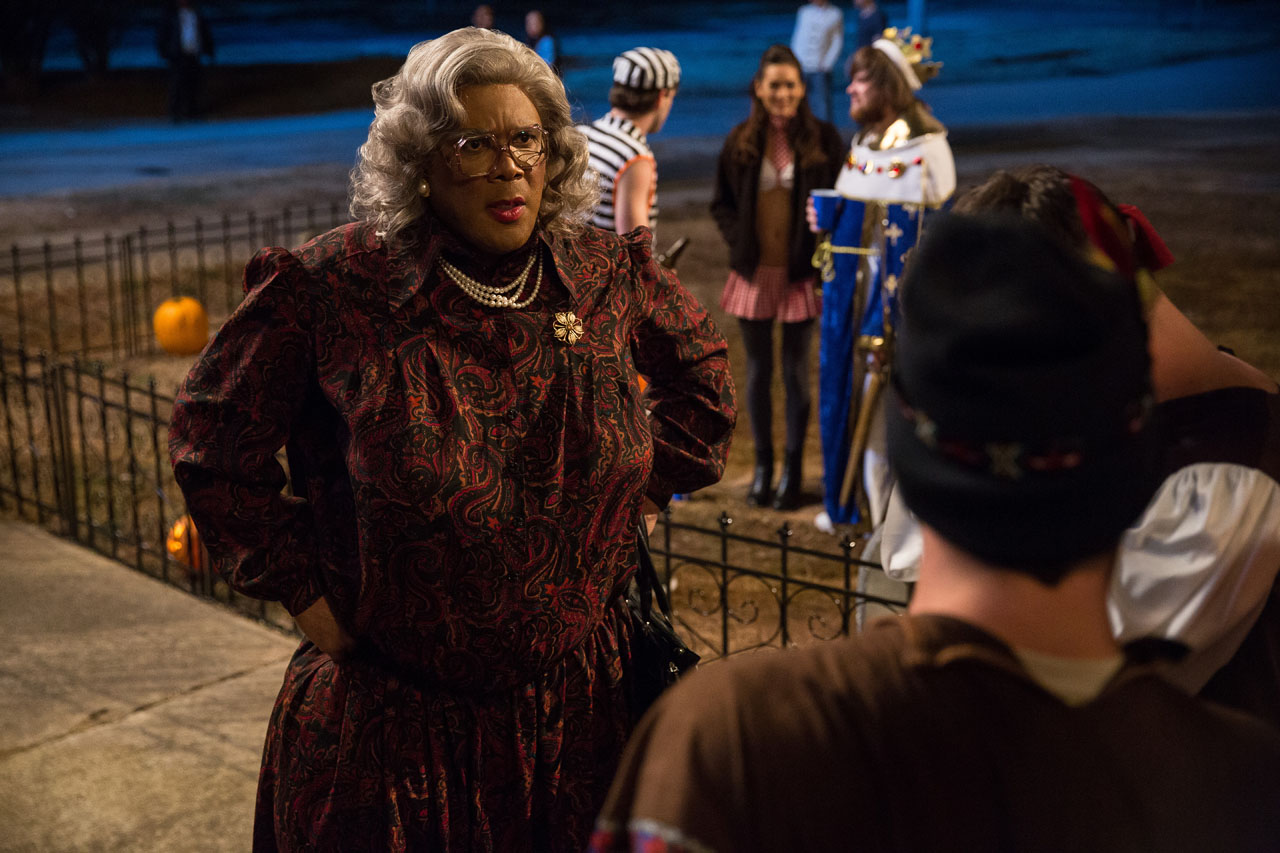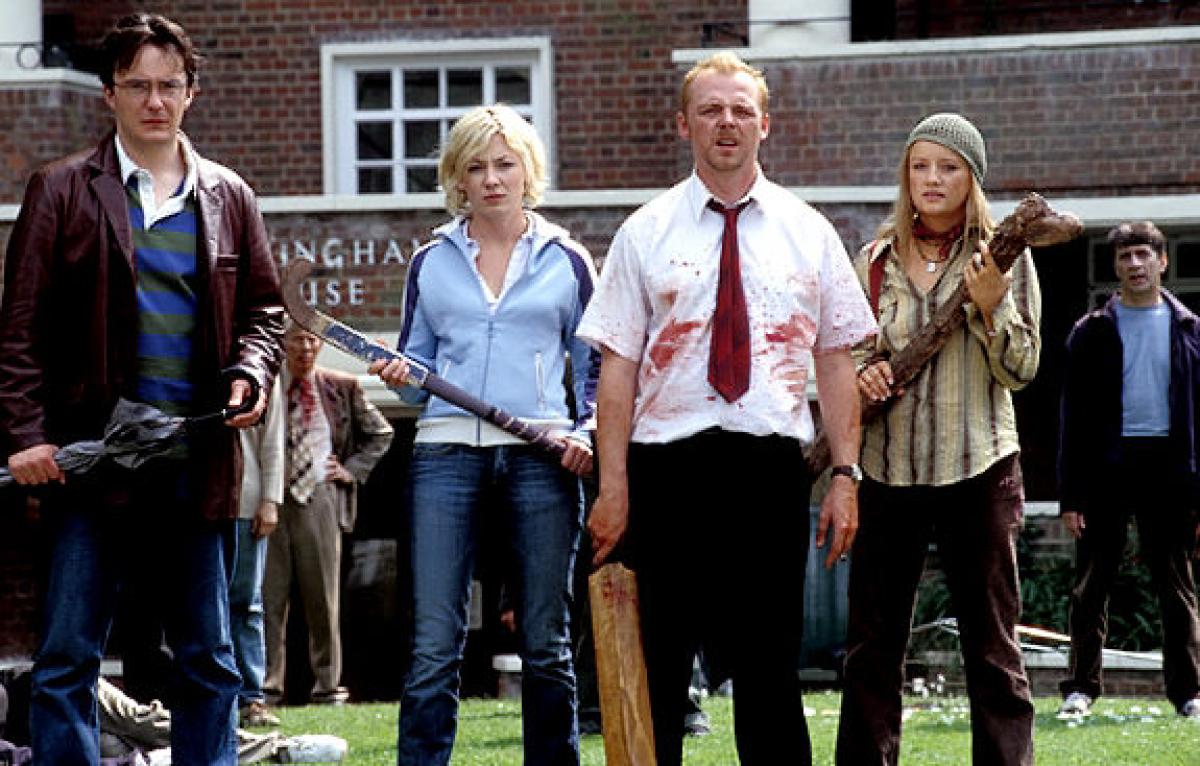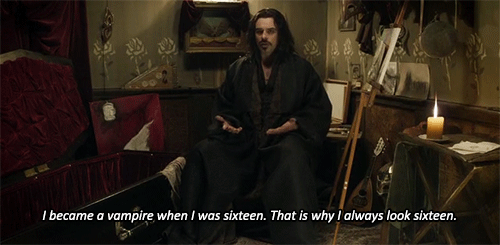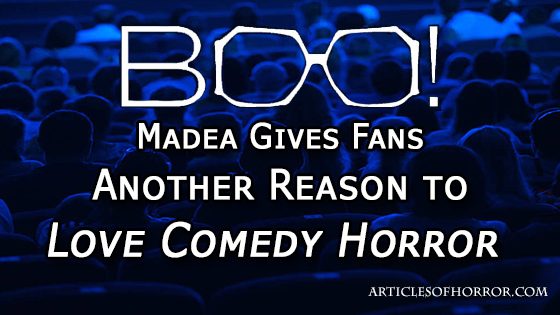Many were surprised to find that Boo! A Madea Halloween beat out some of the biggest star-studded titles released in October. Starring the no-nonsense Madea, a former stripper and jailbird who puts anyone out of order back in their place while maintaining a nurturing heart, Boo! A Madea Halloween easily won over audiences as the film to see in theaters. The comedy earned $54 million by October 31, beating out Ron Howard’s Inferno (starring Tom Hanks) by $38 million in gross earnings. Tyler Perry, the creator and star of the Madea series, has seen varied success with his films. But with this installment being his ninth, it’s safe to say he’s got the right formula in the bag.

While there are many theories as to the success of Perry’s latest film (some stating that race no longer plays a role in his audience make-up or that the sheer number of Madea films has assured audiences that Perry has something worthwhile to offer), perhaps the aforementioned reasons have nothing to do with it at all.

This year, and especially within the last few months, Americans have witnessed the boiling pot of politics in its ugliest form. With the presidential election season nearing its end, many Americans are simply exhausted, and when people are tired, they often find solace in the comfy seats of a theater. And what better way to seek relief than by taking in a comedy? But Boo! A Madea Halloween offered something even better than comedy, it utilized a genre known as comedy-horror.
Comedy-horror, as stated in its name, combines aspects of both the comedy and horror genres. Comedy-horror can be dissected into three categories: black comedy, parody, and spoof.

The technicalities: While the terms parody and spoof are often used interchangeably, they are, in fact, different. The word parody comes from “Greek paroidia where para means side by side or parallel to, and oide means song.” Parodies include imitations of another’s work. Today, they’re easily found all over Youtube and used in such films as 2004’s Shaun of the Dead (an imitation of Dawn of the Dead released earlier that year). Spoofs are a little more mischievous with the intention being to trick the audience into believing something that isn’t true. Today, these three categories of the sub-genre make up a comedic homage to horror in their tribute to some of the greatest films.
Comedy and horror are cousins; they’re related. They both come from storytellers who want to specifically affect the audience and elicit specific reactions during the movie. –Jason Reitman
Going all the way back to the silent film era, meshing the macabre with the whimsical and even deadpan proved to be gold for box offices. In the years that followed The Ghost Breaker (1914) and One Exciting Night (1922), we’ve seen such gems as The Little Shop of Horrors (1960), Gremlins (1984), An American Werewolf in London (1981), Young Frankenstein (1974), and many, many others. Some, such as the Scary Movie (2000) franchise, have even come to define an entire decade for its series of comedy horror films. In 2014, a film called What We Do in the Shadows was released to positive reviews. This horror-comedy, filled with werewolves and vampires shot in mockumentary fashion, took parody a step further, with one vampire even referencing the Twilight (2008) series. Comedy horror is different from many other film genres in account of its bold demeanor. It’s not afraid to laugh along with the audience if it means receiving a well-earned laugh in return.

The success of Boo! A Madea Halloween was solidified in its timing. Not only was it released during a stressful time for our nation, but it was also offered during Halloween – a time when most moviegoers are hungry for something spooky, whether paranormal or thrilling. And while horror fans are comfortable taking in a slasher or a couple or seat-rattling jump scares, there are many who prefer comedy horrors simply because they are a safe way to enjoy the genre from a distance. As author Bruce Hallenbeck wrote, comedy horror gives you “the permission to laugh at your fears, to whistle past the cinematic graveyard and feel secure in the knowledge that the monsters can’t get you.” Thus, this Halloween film was able to gather a wider audience rather than hone in on horror-lovers alone.

Perry is a master in this art-form. Though Boo! A Madea Halloween is his first venture into horror, he has created comedies to applauding audiences on both film and stage. Pairing Madea’s outlandish behavior with running from creepy clowns and unexplained noises is just what this year’s Halloween needed. And while Abbott and Costello Meet Frankenstein (1948) will go down as comedy-horror’s first box-office success, Boo! A Madea Halloween rightfully earns its place within this bold and ever-entertaining genre.
-By Christina Persaud
